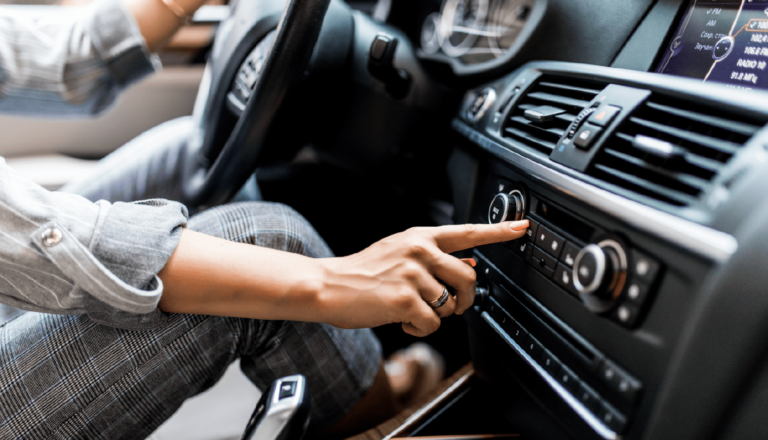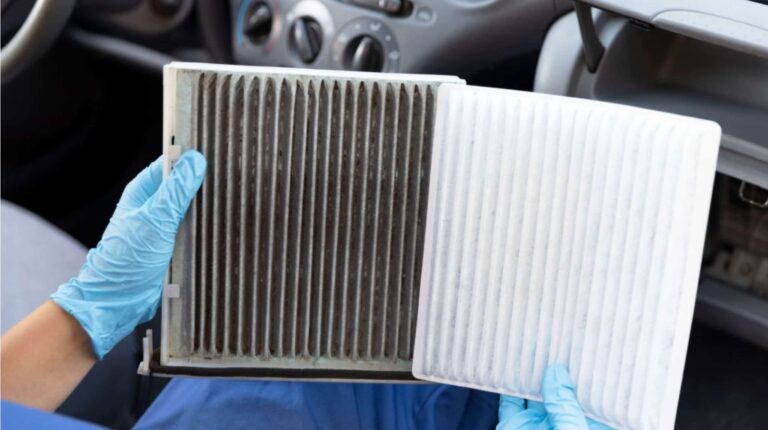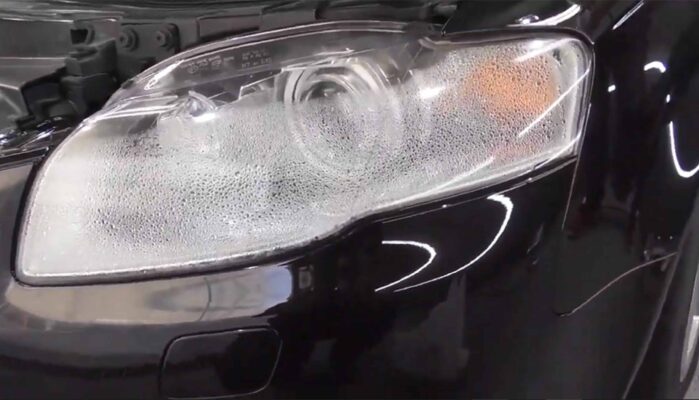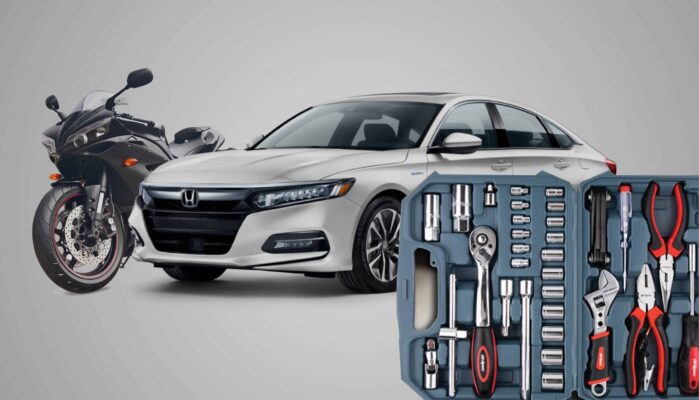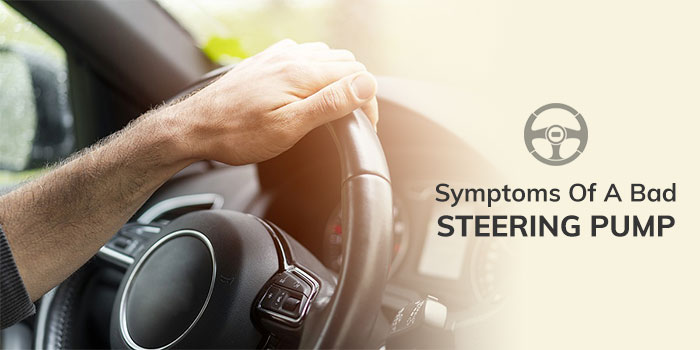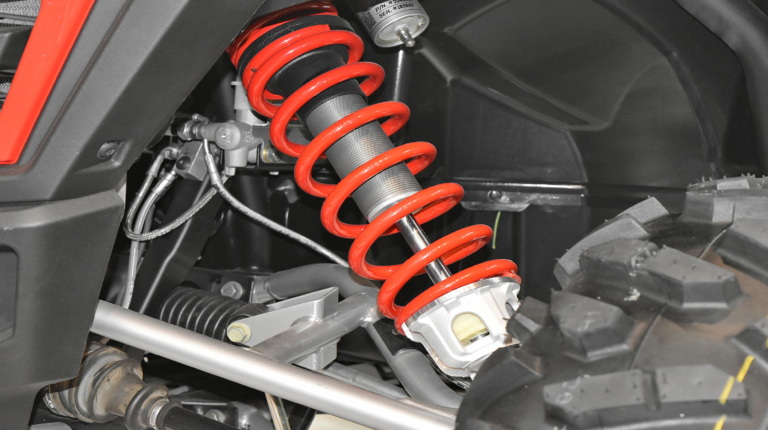
Our cars have a slew of moving parts and some work behind the curtains, benefitting in more than one way. To some people, the suspension is no more than a mechanical part ensuring a comfortable drive. But there is a lot more to it, as the suspension is responsible for steering, cornering, braking, stability and more. A car suspension works with multiple moving parts and is categorised into different types. We are going to explain everything about car suspension, its working and its types. So, buckle up!
Car Suspension – What Exactly is it?
Car suspension can be termed as a multitude of parts combined together to work in conjunction, with an aim to provide utmost comfort, dynamics and stability. From evening out the road imperfections to controlling the roll when you chuck your car into a bend, the outcome depends on the tuning of the suspension. The main job of a car suspension is to maximise the grip of tyres with the ground to help in steering, braking and cornering performance. Generally, car suspension consists of two main parts – spring and damper, and a lot of other parts are used to support the whole working of the suspension.
Important Terms of Car Suspension:
Before we dive into the details and use some terms you will be hearing for the first time, let us give you a simple run-through of basic car suspension parts names used with modern suspension systems.
Spring –
It is used to contain and store the energy from the impact on the wheel. We have three kinds of springs that are used in the automotive space – coil springs, leaf springs, and air springs. Coil springs are the most commonly used springs whereas leaf springs are used in heavy-duty trucks and pick-ups. Air springs are offered only with premium cars.with the aim to offer impeccable comfort
Damper –
Damper is used to convert the stored energy of the spring into heat. A damper is in a cylindrical shape and it contains various parts like the piston rod, pressure tube, reserve cylinder and oil. Upon receiving a shock, the oil inside the damper is channelled via very small pores that control the shock and rebounds in a comforting manner. Without the damper, your car won’t stabilise after hitting an uneven patch. Modern dampers are velocity-sensitive and work according to the velocity of the vehicle.
Anti-Roll Bars / Sway Bars –
Anti-roll bars are mounted alongside the shock absorbers to improve the stability of the car. As the name suggests, they avoid rollover upon hard cornering or in case of an emergency. It’s a metal rod that connects with both the shock absorbers and it transfers the movement of one wheel to another, to offer better stability.
Types of Car Suspension
There are innumerous types of suspension that have been engineered in the automotive space. And rather than standalone systems, most of them are permutations and combinations of various systems with some advancements in between. But if we generally categorise the suspensions in a broad way, we have two kinds – dependent/semi-independent and independent suspension.
Dependent and Semi-independent Suspension:
Car suspension systems consist of a spring and damper. The spring could either be a coil spring or leaf spring. Leaf springs are generally used in heavy-duty vehicles and pick-up trucks as the leaf springs specialise in heavy-duty loads. Dependent suspension, as the name suggests, is dependent as one wheel affects the position of the other wheel. In a dependent suspension setup, both wheels are connected with a beam or axle. Mostly, such configuration is seen at the rear axle on vehicles. Let’s get into the details and learn about the dependent and semi-independent suspension.
Solid Axle / Live Axle Suspension:
Solid axle or live axle suspension falls in the dependent suspension category where both wheels are connected with each other. In modern cars, solid axles are found on the rear, that too only with heavy-duty trucks and pick-up trucks. The solid axle suspension can be categorised with respect to multiple suspension elements but the basics remain the same. The solid axle is responsible to take on the load of the vehicle and provide rigidity. Let’s get into the details and understand its construction and working.
Construction
A rigid axle or live axle is one rigid axle that also houses the differential in between. It moves as a single unit and any movement with one wheel will affect the position of the other. For example, if the right wheel does into a pothole, the left wheel will swing upwards, as a result. Solid axle generally either use leaf springs or coil springs with a trailing control arm. Talking about the leaf springs first, leaf spring is a combined set of metal leafs, joined as a single piece with clamps. They are connected to the chassis and the solid axle. Leaf springs are known to carry heavy weights but these are not ideal for comfort and controlled body movement.
Now talking about the trailing arm, it features a different construction. A trailing control arm is placed of which the top is connected to a wishbone and the bottom is connected to a twistable rod connected to the chassis parallel to the ground. The trailing control arms are also used in fully independent suspension system with a tweaked construction.
Torsion Beam / Twist Beam Suspension:
Torsion Beam or Twist Beam suspension falls in between the dependent rigid axle and fully independent suspension. Hence, it’s often called semi-independent suspension. How is it semi-independent you may ask? To understand that we will have to understand the basic construction of the torsion beam suspension and its working. Torsion beam suspension is mostly found at the rear axle of small cars and manufacturers use them to keep the costs low. Fewer mechanical components make it cheaper to manufacture than compared to the multi-link suspension.
Construction
The torsion beam suspension consists of two trailing arms mounted on an H-shaped cross member. The cross member twists with respect to the motion of the wheels and this quality make it a semi-independent suspension. Due to its advanced structure, it takes less space and opens for a roomier cabin experience. One more benefit of its construction is the lack of an anti-roll bar, as the trailing arms and the cross member also serve as an anti-roll bar. Carmakers use it at the rear axle of small cars to keep the costs low. However, it has its own share of cons like high NVH when compared to a more sophisticated multilink setup and chances of oversteer. In turn, it’s very cheap to produce, low on maintenance and lightweight.
Independent Suspension:
Independent suspension doesn’t have a link between the two wheels and both wheels work independently. Both wheels of the common axle have been provided with a dedicated spring and damper setup and one wheel doesn’t affect the other one. If the left wheel goes into a pothole, the right wheel won’t show any direct movement as a result. Luxury cars are offered with independent suspension with either the rear or all four corners. Even smaller hatchbacks now come with independent front suspension, but there are different types of them that you need to understand.
MacPherson Strut
Macpherson strut is the most commonly used front suspension in affordable cars. It is very easy and affordable to produce, uses far lesser parts and consumes less space too. MacPherson strut provides both steering pivot and suspension mounting for the front of the vehicle. The wheel hub works as the most important member of this suspension setup as all the other components are connected to it. MacPherson strut is generally not seen with body-on-frame vehicles as the strut is directly mounted to the frame of the vehicle and body-on-frame lacks the rigidity a suspension demands to perform in tricky situations.
Construction
MacPherson strut uses a wishbone control arm that is mounted to the central hub of the vehicle. The strut is mounted to the frame of the vehicle and the lower part of the strut is mounted on the wheel hub. The steering rod is also connected to the wheel hub and a common anti-roll bar is connected between the wheels. The main element of the MacPherson strut is the strut and its mounted vertically, hence taking a lot less space in the engine bay. Not only that, manufacturers prefer Macpherson strut for better crashworthiness. However, due to its construction, the grip of the tyres are limited around the corners and so is the camber gain.
Double Wishbone Suspension
Double wishbone suspension is an independent suspension that can be used at both front or rear axles. Most of the body-on-frame SUVs use double wishbone suspension as they are mounted on the chassis and very rigid for tough use. The double-wishbone suspension has two A-shaped control arms and the top one is usually shorter than the lower one, to induce negative camber. While going into a turn, the shorter control arm manages to offer positive camber gain that increases the overall grip.
Construction
As we stated earlier, the double-wishbone setup consists of two A-shaped control arms and in between is mounted the strut. The control arms have two mounting points to the chassis and one at the knuckle. The added components of the double-wishbone over the MacPherson strut allow engineers to control the wheel travel along with caster, camber and toe angles. Having added components, mounting points and bushings, the chances of failure with the double-wishbone setup are higher over the MacPherson strut suspension.
Multi-Link Suspension
Multi-link Suspension could be called an advanced incarnation of double-wishbone suspension. Multi-link suspension is often used on the rear axle of vehicles and they provide better control and comfort along with supreme NVH levels. As there is no link between the wheels, the movement of one wheel doesn’t have any direct effect on the other. The solid axle multi-link suspension is cheaper to build and often seen with SUVs, hence falling in the dependent suspension category. Multi-link suspension is often to referred cars with best suspension. We commonly find multi-link suspension setups in off-road SUVs, sedans and sports cars.
Construction
A Multi-link suspension consists of at least three lateral arms and one or more longitudinal arms. The length and angle of these arms could vary depending on the needs. Each arm has a spherical ball joint or rubber bushing at each end. The arm could be a control arm, trailing arm or a wishbone, as per the space utilised and overall construction. While the multi-link suspension setup offers a large scope of fine-tuning and control over camber, caster and toe angle, it is expensive to engineer and requires a lot of moving parts that could be troublesome in the longer run.
There is no short and simple guide to modern-day car suspension systems. There are a lot of advancements that change the working and construction of such systems accordingly and most manufacturing patent the latest development to maintain exclusivity.
Car Suspension FAQ:
Q1. What is the car suspension price?
Ans. Car suspension consists of a multitude of working elements and judging the costs of different parts used in different types of car suspensions is difficult.
Q2. Why is car suspension important?
Ans. Our roads are far away from perfect and without suspension, you can’t travel comfortably. Without suspension, even the slightest of road imperfections could result in a mishappening. For utmost safety and stability, having a perfectly working suspension is paramount.
Q3. What is car suspension overhaul?
Ans. Car suspension overhaul is referred to as a major suspension repair where all the faulty and poor performing parts are replaced like bushes, lower arms etc. Sometimes leaked struts could hamper the comfort levels and those are also supposed to be replaced.
Q4. Car Suspension lifespan?
Ans. There is no guided lifespan for car suspension. It depends on multiple factors like body type of vehicle, usage, average road condition, etc. In simpler terms, a car that is driven on smooth roads and kept well will outlast the SUV that is driven mostly on bad roads with carrying the load.
Q5. Is car suspension expensive to fix?
Ans. Yes, car suspension works in conjunction with a lot of supporting parts that need timely replacement and excessive abuse can lead to premature failures. If something goes wrong with your car’s suspension, it could be an expensive repair.
If you enjoyed reading this blog, make sure to read more interesting articles on the Carorbis Blog and also read Wheel Alignment and Balancing Explained


